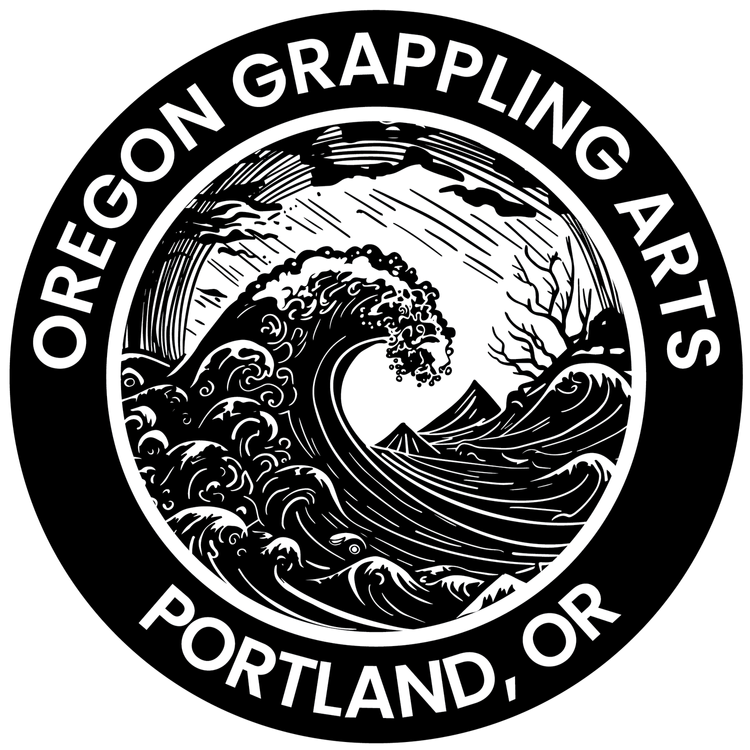Jiu Jitsu Near Me (part 2 of 3): Choosing a BJJ Gym for Beginner Students
Continued from Part 1, available here.
Choosing a Brazilian jiu jitsu gym is an important decision. You’ve probably searched “jiu jitsu near me” and, if you live in an urban area, you’ve probably seen an overwhelming number of options. If you’re new to jiu jitsu, you may not know where to start or what to look for when choosing a gym. The following considerations will help new and prospective BJJ students assess the different jiu jitsu programs near them.
Consider the instructor’s qualifications. Whether you’re a hobbyist or a competitive grappler, you’ll want to ensure that you’re learning from a qualified instructor. If you’re new to the sport, it may be difficult for you to assess an instructor’s jiu jitsu knowledge and skills, but there are still several indicators that can guide you in your decision. First, find out if the instructor has competitive accolades beyond the local level. Specifically, if the instructor has medaled at IBJJF events a (particularly Worlds, Nogi Worlds, Pans, and Nogi Pans) at the adult level, ADCC events (particularly the Trials or World Championships), or invitational tournaments with other professional or high-level athletes in the bracket, they are likely very skilled at jiu jitsu. Secondly, try one of their classes and assess their coaching. A good instructor will provide clear directions, give you the necessary context for the moves you’re learning, answer your questions, and, most importantly, will actively help all students learn the move during class.
Look for a gym that offers a fundamentals-specific curriculum that is taught at an appropriate pace for beginners. New students should be introduced to the core movements, positions, and techniques of jiu jitsu at a manageable pace. While you may not yet have the knowledge to assess whether instructional content exceeds the fundamental level, you can still assess the pacing and consistency of the class. Look for an instructor that limits the number of techniques taught per session (in general, one or two techniques is usually best), breaks multi-part moves down into easily digestible components, and gives students ample time to practice each technique. It’s not uncommon for three or more complicated techniques to be taught in a single session. For most people, repetition is critical for development in BJJ, and this is not an optimal way to learn. In addition, look for consistency from session to session. Particular positions or techniques should be explored over the course of multiple classes or even multiple weeks, depending on how the course is structured.
Safety should be emphasized during class and live training should be controlled. Jiu jitsu is a combat sport. As such, training should be hard, but not unsafe. Bodily control, spatial awareness, and appropriate pacing for live training should be emphasized in class. Students should be coached not to roll so hard that they are shaking, unintentionally kneeing or elbowing their partners, or running into other groups on the mats. If a student is rolling harder than their technical jiu jitsu knowledge and bodily control allows, an instructor should talk to that student. Be wary of situations in which new students are encouraged to roll as hard as they can at all times and safety issues are never addressed. Similarly, be wary of situations in which new students are thrown into full jiu jitsu rounds in their first few weeks or months of training, or if other students are applying submissions to new students that they’ve never learned, or applying submissions with no control. In general, live training for new students should be limited to situational rounds, meaning that students are starting in a specific position with clearly outlined goals and win conditions. Finally, make sure that your gym enforces rules regarding allowable submissions. Particularly dangerous moves (such as jumping guard and flying scissors takedowns) should be banned in most circumstances, and other submissions should be permitted based on belt level.
Try a few different gyms to find the best fit for you. Most BJJ gyms offer some sort of free trial that you can take advantage of before you sign up. As you’ll be allocating your time and money to your new jiu jitsu school, be sure to find a place that offers both quality instruction for beginners and a culture and team that you want to be part of.
-OGA Staff
Oregon Grappling Arts offers adult and kids’ BJJ classes for beginners six in Portland, Oregon. All classes are led by black belt head instructors Hannah Sharp and Eddie Jamrog. If you or your child is new to jiu jitsu and interested in trying some classes, feel free to reach out to us. All prospective students receive a three-day free trial.
You can read more about our adult jiu jitsu classes here.
You can read more about our youth jiu jitsu classes here.
You can learn more about coach Hannah Sharp here and coach Eddie Jamrog here.
Our homepage is located here.
Contact us through our online form here or via email at info@oregongrapplingarts.com.
All of our blog posts can be accessed here.
